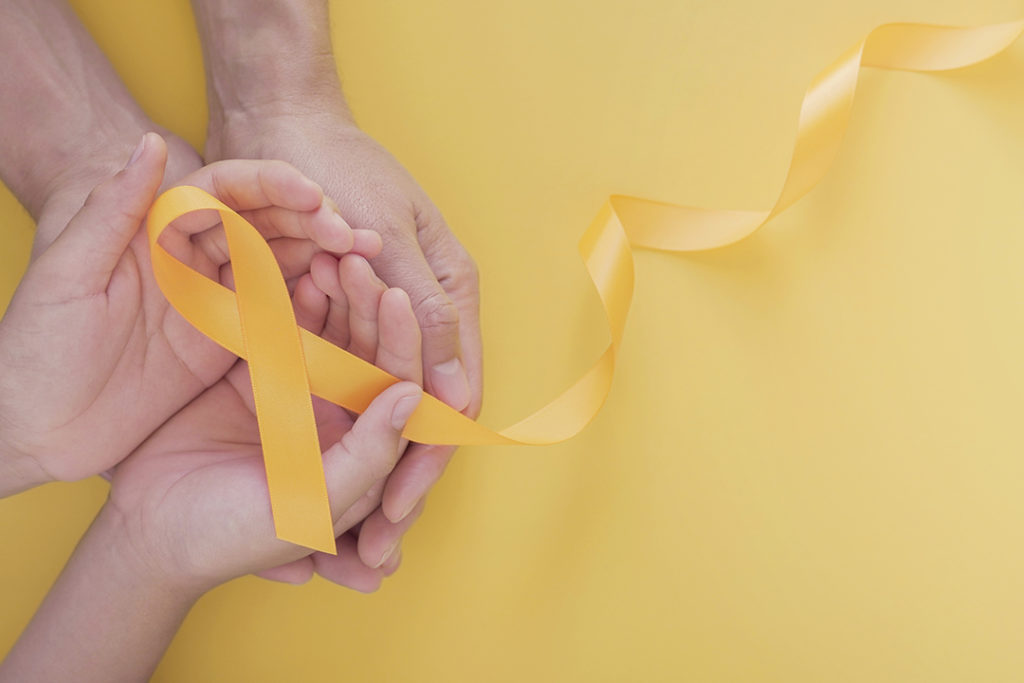Unexpected Good News in the Height of the Pandemic
September tenth of every year is World Suicide Prevention Day, a commemoration that raises awareness and simultaneously reduces the stigma around the word and the act, motivating well-informed initiatives.
What Can I do? How can I help?
The ultimate goal is, of course, to reduce the number of suicides and suicide attempts the world over. Lest we forget that 1 in every 100 deaths across our planet is a suicide. Hope Through Action is, definitely, one of the most visible game-changers. First, it instils confidence in suicidal people by truly opening up their eyes to alternatives. People who are struggling often need as little as a sign of honest support, a caring ear and eye by their side, to vent away the bad spirits. It is also often a saving board for all those —many more— bereaved by a suicide in their family or circle of friends.
Although causes and thoughts of suicide are complex and multifaceted, science believes and common sense establishes that people are more vulnerable to mental instability or suicide conditions when feeling anxious or depressed. Further, feeling trapped or like a burden to friends, family and society at large are pillars of the suicide Thanatos or destructive construct. Social stigma is a major force behind the incapacity of suicidal people to seek help. It is, therefore, one of the most fertile grounds for help from others. The promotion of hope is good, but a heightened feeling of compassion and empathy may just be the ticket. By the way, this holds water in general, as a society, as a people!
988: The Administration Comes Through
Telecom and voice-service providers will need to have the federally-mandated 988 hotline by July 16, 2022, after a two year implementation process. Celebrated by advocates across the board, the vote was unanimous at the Federal Communications Commission (FCC), on the back of some very disturbing news from FCC Chairman Ajit Pai: domestic suicide rates are at the highest point since World War II, affecting all, including specific groups and minorities such as Black Americans, Native Americans, rural residents, teens and young adults, and LGBTQ people. Calls are expected to sky rocket way beyond the National Suicide Prevention Lifeline’s 1-800-273-TALK (8255), at 2.2 million in 2018. Having a three-digit hotline should all but give universal access to resources to the denizens struggling with suicidal thoughts at precisely the worst moment.
Unexpected Good News
Although a huge number of agencies, officials, pundits, experts, scientists, researchers, and doctors had been predicating on the horrors that the COVID-19 Pandemic would bring to suicide rates… although they anticipated a dramatic hike in suicide victims derived from increased feelings of isolation and vulnerability… although suicide death rates had been increasing at a rate of 35% since 1999… although this was all true…
guess what?!!
Deaths by suicide actually fell by 9% when the pandemic reached its zenith. Or 16% in April of 2020, when most people were in a grinding lockdown. Between March and August of 2020, 2,400 fewer deaths by suicide were reported. These numbers were recently published by the Journal of the American Medical Association. Similarly, preliminary data from the National Center for Health Statistics report a 5.6% dip during 2020 in full. Why? Funnily enough, some of the pundits who got it all wrong in the first place are now back to tell us why this is so. Still, here are some of the most reasonable or admitted causes:
- Telehealth service availability dramatically went up… and, huh, the platform turned out to be much better than anticipated, with counseling calls on the phone or online leading the way.
- Major employers and organizations were made keenly aware of their workers’ mental health during the pandemic and they came through.
- People who were meant to die by suicide died by COVID instead. Now hear (read) this: “In 2019, suicide rates were highest among adults ages 45 and older, the same demographic at greater risk from COVID-19. People with higher rates of health problems and poverty also are at higher risk of dying by suicide; those too are risk factors for COVID-19,” poignantly wrote Elizabeth Weise.
- Suicide is an intimate thing, an isolated affair. Although some people were isolated, most were locked down with their families or loved ones, in any event.
- A shared sense of purpose, when coming together as a nation in the face of terrible odds and pandemic realities, is definitely a way to make everyone, including suicidal people, feel part of something bigger. Florida’s Thomas Joiner, a professor of psychology at FSU and an expert on suicide, poetically calls it the “paradoxical togetherness effect.”
Many see in this incredibly twisted trend a possibility: keeping suicide rates stable moving forwards if some of the root causes of suicide are addressed after all we have learned from these new patterns and realities. For example, maintaining a steady traffic, drive and, insofar as possible, universal access to mental health services.
Sources
https://www.iasp.info/wspd2021/


